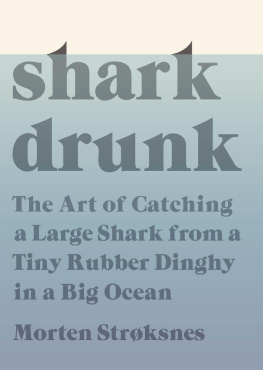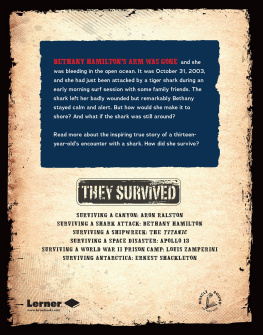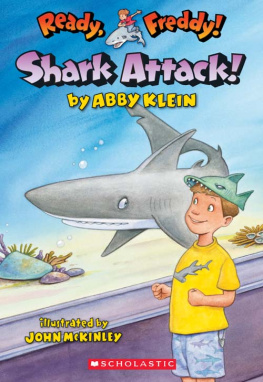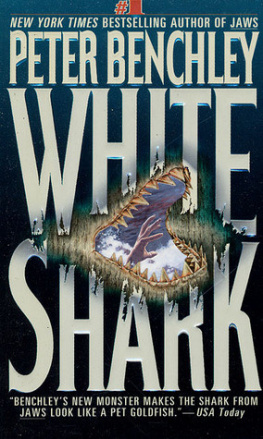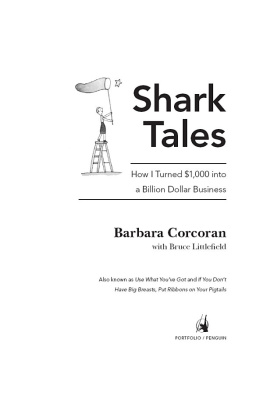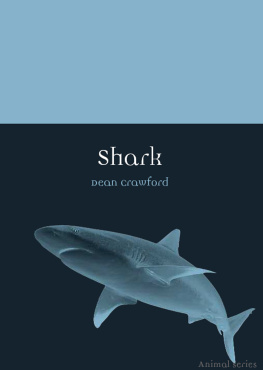Morten Strksnes is a Norwegian historian, journalist, photographer, and writer. He has written reportage, essays, portraits, and columns and reviews for most major Norwegian newspapers and magazines. He has published four critically acclaimed books of literary reportage and contributed to several others.
1
Three and a half billion years. Thats the time it took from the moment the first primitive life-forms developed in the sea until Hugo Aasjord phoned me one Saturday night in July.
Have you seen the weather report for next week? he asked.
Wed been waiting a long time for a very specific forecast. Not sunshine or heat, not even the absence of rain. What we needed was the least possible wind in the seas between Bod and Lofotenor, to be more precise, in Vestfjorden, the western fjord. If you need calm waters in Vestfjorden, you better not be in a rush. Its tumultuous waters are notoriously temperamental. Even the slightest gust of wind from the west, south, or north can create significant waves.
Id checked the weather reports for weeks. The forecast was always for strong or gale-force winds. Never just a gentle breeze or light air, which would give us the calm seas we needed. Eventually Id pretty much given up keeping track and surrendered to Oslos lazy summertime rhythm of hot days and bright nights.
I was at a lively dinner party when my phone rang. When I saw the call was from Hugoa man who hates phones and only rings to deliver important messagesI knew that our long wait had come to an end. We were finally going to try to catch the big fish.
Ill buy a plane ticket tomorrow and arrive in Bod Monday afternoon, I told him.
Good. See you. Click.
On the plane to Bod I fixed my gaze on the land below. Through the oval window I could see mountains, forests, and plains, which I imagined as a raised seabed. A couple of billion years ago the entire earth was covered with water, except maybe for a few small islands here and there. Even today, the ocean still makes up more than 70 percent of the earths surface. It has been said that our planets name shouldnt be Earth. Instead, it would be more appropriate to call it Ocean.
When we reached Helgeland, the land opened into Norways majestic fjords, with swelling seas to the west, until finally the division between sky and water dissolved and the horizon became a shining gray color reminiscent of bird feathers.
Every time I leave Oslo and travel north, I have the same sense of escapeescape from the inland and its anthills, spruce trees, rivers, freshwater lakes, and gurgling marshes. Good-bye and farewell, Im going out to the sea, which is free and endless, rhythmic and swaying like the old sea chanteys sung across the oceans of the world on ships traveling to classic harbors like Marseille, Liverpool, Singapore, and Montevideo, while the deckhands hauled on the lines to set, trim, or reef the sails.
Sailors who have gone ashore can seem like restless visitors. They may never go to sea again, but judging by their talk and gestures, its as if theyre merely temporary visitors on dry land. They never lose their longing for the water. Yet the sea, which is calling them, has to settle for hopeful, if uncertain, replies.
My great-great-grandfather must have felt the seas mysterious pull when he left inland Sweden and began walking west. Through valleys and over mountains, he traveled like a salmon along the great rivers, first against the stream, then with the stream until he made it all the way to the sea.
As the story goes, he gave no reason for the journey other than that he had to see the ocean with his own eyes. Its unlikely he had any plans to go back to where hed come from. Maybe he couldnt stand the thought of spending the rest of his life stooping over barren patches of land in a Swedish mountain village. Clearly he was an impulsive man, a dreamer with strong legs. He wandered all the way to the Norwegian coast, started a family, and then joined the crew of a freighter. A couple of years later, as fate would have it, the ship sank somewhere in the Pacific. Everyone on board drowned. As if the man had come from the depths of the sea and needed to return. As if that was where he belonged, and hed always known it. At least thats how I think of him.
It was the sea that gave birth to the poetry of Arthur Rimbaud. The sea inspired his expansive language, which carried both him and poetry into the modern era with Le bateau ivre (The Drunken Boat) from 1871. The poem is told from the perspective of an old freighter that wants to experience the freedom of the sea and hurtles recklessly down a great river until it reaches the coast and enters open waters, only to encounter a violent storm and sink to the bottom. There it becomes one with the ocean:
And from then on I bathed in the Poem
Of the Sea, infused with stars and lactescent,
Devouring the azure verses; where, like a pale elated
Piece of flotsam, a pensive drowned figure sometimes sinks.
From the airplane I tried to reconstruct more of The Drunken Boat from memory. I know the swells attack the skerries like frenzied herds of cattle. And on the ocean floor a Leviathan rots among swaying clumps of kelp, which reel the drunken boat in close, wrapping it in their tentacles. Above the dark abyss of the maelstrom, the boat hears the mating calls of the sperm whale. It sees dead-drunk shipwrecks swarming with sea lice and hideous snakes, golden singing fish, electric crescent moons, and black seahorsesthings that people only imagine theyve seen
The boat is pummeled by the sights, experiencing the frightening and liberating power of the sea, the constant surge and spray, until it becomes languidly, numbingly sated. Then the boat begins to yearn for the dark and quiet river pools of its childhood.
Rimbaud had never seen the ocean when he wrote this poem at the age of sixteen.
2
Hugo Aasjord lives on the island of Engelya in the municipality of Steigen. To get there from Bod you have to take the northbound catamaran ferry, traveling between islands and small, weather-beaten communities that cling like barnacles to the rocky coast. After about two hours the ferry docks at Bogy, a small village with a bridge that crosses over to Engelya.
Engelya is like a microcosm of Norway. Typical Norwegian fjord country on the side facing the mainland; archipelago and white shores on the seaward side. The belt of land farthest south and by the sea consists of fertile farmland. Beyond that is a forested strip where moose and other wildlife live. Finally, valleys and mountains, of which Trohornet (2,116 feet above sea level) is the tallest. There are good reasons why people have lived here for nearly six thousand years. This island, which you can easily bike around in a couple of hours, gave them ample opportunities for fishing, hunting, and farming.

